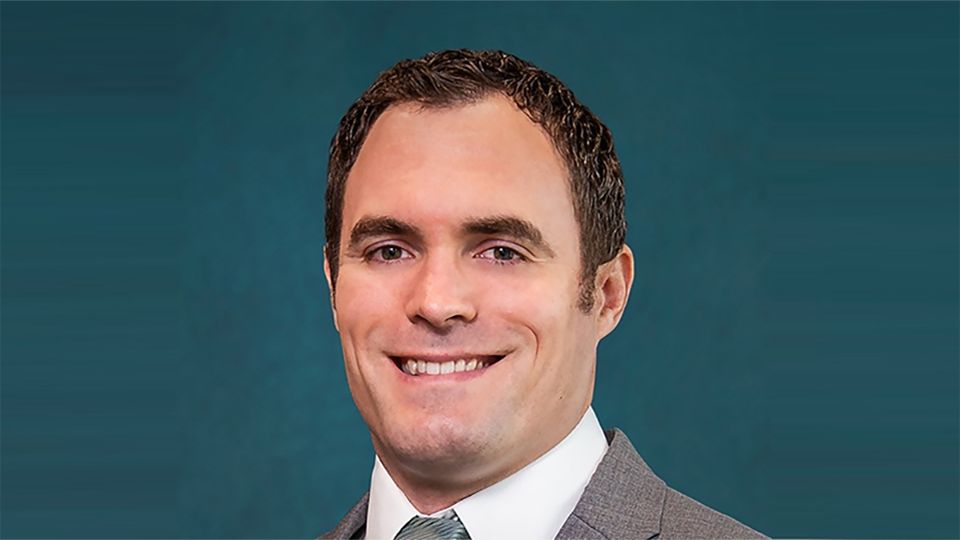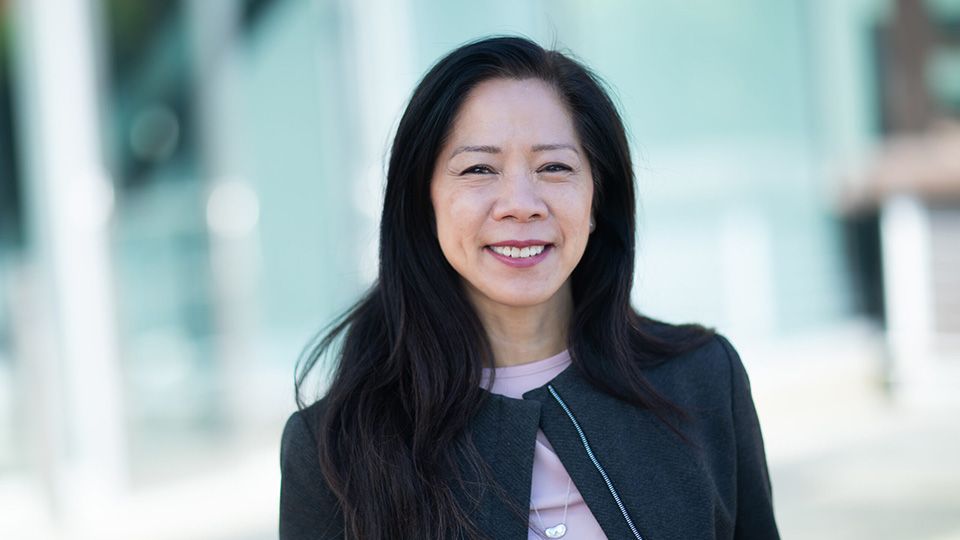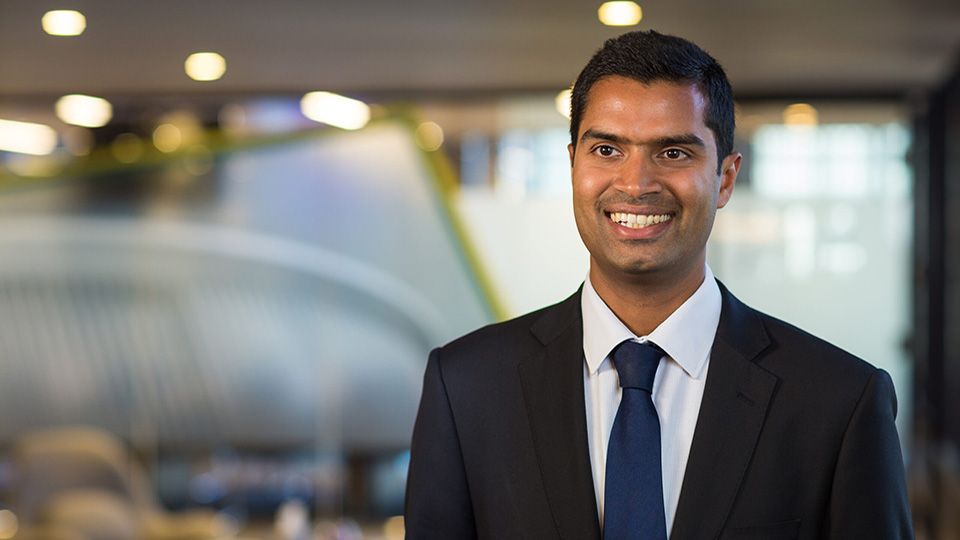With a relatively large focus on ESG in Asia, Eric Nietsch, head of ESG, Asia at Manulife Investment Management, says the firm has found success in collective action when it comes to engaging with corporates.
ESG Clarity Asia sat down with Nietsch in Manulife’s Singapore offices to talk about engaging corporates, ESG frameworks and why ESG investing is like the four legs of a stool…
What are you finding when engaging with corporates in Asia on ESG and sustainability?
It is hard to generalise about Asia, there is a lot of nuance. But there’s a lot of momentum, particularly for translating government commitments on climate into action, so in disclosure and capacity building across organisations.
After we invest we have conversations with companies about their sustainability strategies and work with them to improve those, sharing industry best practice and things we’ve seen in our research that they can take advantage of.
And do you have an escalation strategy for that?
For engagement? Yes, there’s, there’s a number of different ways we could escalate.
One is we can bring other investors in. We’re quite active in a number of industry organisations where we can have more collaborative discussions. I can’t say enough good things about the Asia Investor Group on Climate Change (AIGCC), for example. With them, we were one of the co-founders of Climate Action 100+, which they co-manage with the UN Principles for Responsible Investment. That’s a great initiative that we’re quite involved in.
What would you say to criticism Climate Action 100+ doesn’t go far enough?
It was originally set up as a five-year programme. And so it’s just in the process of reevaluating what the next five years will look like.
We’ve also formed a regional group to complement that. A lot of the large systemically important utility companies in the region are not included in that or were not a part of the initial kind of scope. So the AIGCC has formed a group to focus on those utilities and electricity providers in kind of a way that complements the CA100+ programme.
Do you find collaborative engagement effective, or does it slow down, or even water down, the process?
Yes [we find it effective] and we also lead a lot of the engagements. I suppose the more people you involve, the more logistics and bureaucracy [there is], but I wouldn’t characterise the experience that way. It is pretty effective.
I think sometimes companies also appreciate it, because then a large group of investors are coming to them with a single message rather than every individual investor coming to them with something different.
What global ESG frameworks do you use?
One regional difference is, whereas the Sustainability Accounting Standards Board has had higher rates of take up in Europe or the US, the Global Reporting Initiative (GRI) is more commonly used in Asia.
Then there are regional differences. For example, Hong Kong has its own disclosure framework for Hong Kong-listed companies, but in Japan there has been a lot of take up of the Taskforce on Climate-related Financial Disclosures.
But in terms of the harmonisation of reporting standards and disclosure standards, things are still moving towards the International Sustainability Standard Board (ISSB). Companies will probably end up still reporting on that and GRI because the ISSB is more focused on financial materiality and the GRI covers dual material aspects.
What are flows in sustainable strategies like in Asia?
We are seeing continued interest both from institutional investors who are looking for products that will help them meet the sustainability commitments that they’ve made, as well as retail investors who are looking for credible, sustainable strategies. The challenges to flows this year are the headwinds, but these are more market-related than ESG-related – things like the property crisis in Asia, inflation and an uncertain economic outlook.
Is client interest the main driver of ESG in the region?
I always think about it like four legs to a stool. There’s the client demand or the end consumer demand. There’s the regulatory push and the government interest. There’s the economics, which is the underlying economic opportunity. All that leads to things that companies are doing, and investors are willing to participate in.
That is one of the reasons I remain optimistic on the outlook – as long as you have three of those four progressing, overall, the direction of travel will remain the same.









